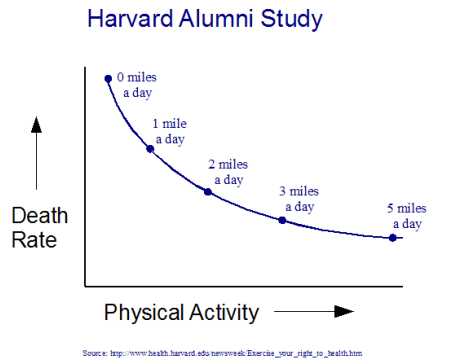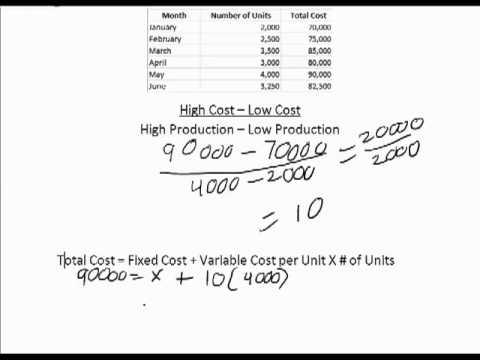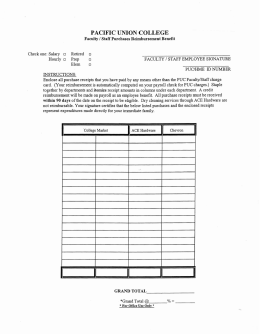
Inventory liquidation is the process of selling off undesirable inventory at a significant discount in exchange for cash. Businesses don’t set out to purchase inventory they know will become obsolete. Rather, purchasing decisions and market conditions are what typically, inadvertently causes goods to become obsolete. Obsolete inventory can cause massive profit losses for businesses, but it’s a risk that can always be mitigated to some extent. Usually, sales for these items will gradually drop off until they stop altogether. Seeing your company and product from the perspective of the consumer is a good step in understanding how to stock your inventory.
Avilla facing hefty health insurance increase News Sun kpcnews … – KPCnews.com
Avilla facing hefty health insurance increase News Sun kpcnews ….
Posted: Tue, 22 Aug 2023 04:00:00 GMT [source]
A purchasing manager made matters worse by buying 200 more 1080p sets than the forecast called for in exchange for a lower price per TV. The following table of features for inventory control and inventory management systems can help you decide whether Obsolete inventory you need one of the systems or both. Promotions are a proven way to move products that aren’t selling as quickly as expected. While this might eat into profit margins, it offers a better return on investment than the other options listed below.
How do you identify and avoid obsolete inventory?
Obsolete stock can result in storage costs, as well as the cost of their disposal. Effective forecasting methods will help your business accurately meet demand and avoid surplus stock. Next, it’s time to create a strategy to move the excess stock so you don’t take a significant loss. Perhaps a buyer scanned the wrong SKU for an order and you ended up with cases of the wrong item.
Additionally, obsolete inventory is often ignored for far too long even as it takes up valuable space in the warehouse. Instead of using this costly real estate to store profitable and fast-moving products, old stock collects dust and continues to depreciate. The allowance for obsolete inventory account is a reserve that is maintained as a contra asset account so that the original cost of the inventory can be held on the inventory account until it is disposed of. When the obsolete inventory is finally disposed of, both the inventory asset and the allowance for obsolete inventory is cleared. Slow-moving items and dead stock can take up valuable storage space that could be used to store a higher volume of faster-selling products.
People’s tastes can change quickly, and what was once popular may no longer be in demand. Strictly Necessary Cookie should be enabled at all times so that we can save your preferences for cookie settings. You can learn more about the different ways to forecast demand in our easy guide.
How to Identify and Avoid Obsolete Inventory
Along with inventory management, having visibility over your inventory at all times is key. Without inventory visibility, it will be hard to understand how much of each product you need to restock and when (and what product(s) might be worth discontinuing). Selling it – This does not mean selling the inventory at a reduced price to your existing customer base. Rather, this is the sale of inventory to a place such as a liquidator or junkyard.
If our product portfolio permits, we can try offering product bundles by selling slow-moving or obsolete items alongside products that perform well in the market. However, we need to keep those similar and be careful not to hurt the well-doing products’ performance. As we start to perform a regular Slow-moving and Obsolete Inventory analysis, it is crucial to look at past periods’ performance and analyze the trends in the ratios we focus on.
How to avoid & reduce obsolete inventory
It is crucial to include an Inventory analysis as part of our month-end procedures to ensure that we follow the trends with which our stock moves. Looking at those over time will give us the insight we need to improve inventory management and planning. Inventory refers to the materials and goods that are a part of a firms stock, and are up for sale. Obsolete inventory, also known as excess inventory or dead inventory, is the inventory that remains unused when the product life cycle ends. This inventory remains unsold or un-utilized for a long time with reduced possibility of being sold. Per Generally Accepted Accounting Principles (GAPP), such inventory is generally written off as a production a financial loss to the company.
This software can help a growing company keep pace with their inventory needs based on their sales. We work for a variety of industries and companies, helping both multi-channel e-commerce businesses and warehouse supply businesses keep track of their inventory and sales. Overall, inventory management is an important yet difficult part of keeping a business profitable. All industries, and even different companies within the same industry, have different strategies to avoid excess obsolete inventory. Regardless of the type of company, there is customizable software that will work for you. Another factor to consider when gauging the probability of inventory becoming obsolete is the holding cost of the product.
Written by Dobromir Dikov, FCCA, FMVA
If so, it is an easy matter to use a report writer to extract and sort this information, resulting in a report listing all inventory, starting with those products with the oldest “last used” date. By sorting the report with the oldest last usage date listed first, you can readily arrive at a sorted list of items requiring further investigation for potential obsolescence. Obsolete inventory refers to a product that has reached the end of its lifecycle. It happens when a business considers it to be no longer sellable or usable and most likely will not sell in the future due to a lack of market value and demand. Usually, inventory items become obsolete stock after a certain time period has passed and after they reach the end of their lifecycle. Take a company where a batch of products was not purchased and remained in the warehouse for a long time.

The first step to handle inventory obsolescence and excess inventory is to identify the root causes of these problems. You can use various tools and methods to analyze your inventory data, such as ABC analysis, Pareto analysis, or inventory aging reports. These can help you classify your inventory items based on their value, demand, and shelf life, and identify the ones that are most likely to become obsolete or excessive. You can also examine your demand forecasting, replenishment, and ordering processes, and look for any gaps, errors, or inefficiencies that may contribute to inventory imbalances.
How to Adjust Entries for a Merchandise Inventory
Slow-moving inventory can also continue to be sold after adjusting to price, marketing, and other efforts to get it out the door. A year seems like a short time, but in terms of the product lifecycle, and changes in the market—things move quickly—and a lot can change in a year. Companies can avoid obsolete inventory by improving forecasting techniques, using a more adequate inventory management system, making smart purchasing decisions, and accurately predicting lead times.

They can do this by reviewing paper records or performing a physical inspection. Whether you’re a retailer or supplier, you might end up planning to sell something that gets terrible reviews from customers. Maybe it breaks too easily, or the manufacturer might have made a mistake in production. Regardless, you’ll not only end up with a lot of dead stock, but you’ll get returns as well, which creates a double-hit on your profitability. Small-business owners can identify obsolete inventory by calculating the number of months a product has been on hand. Obsolete inventory must be written off as an expense at the end of the fiscal year, but business owners should see this as a last resort.
Writing off obsolete inventory
The above trends of quarterly usage/sales must be compared to previous years to determine if the usage trend is increasing or decreasing. You can accomplish this by extending the usage/sales by quarter like in the above example to include the previous year and if necessary, the year before that. 👉 Gain visibility into your inventory and service levels.👉 Simplify, automate your inventory management👉 Improve your performance and regain control of your time. But with a bit of planning, you can reduce its impact on your business and ensure that only profitable products remain in stock. For example, when lead paint was banned from residential use in 1978, many manufacturers were left with a lot of unsellable inventory.
- Even with the tracking and forecasting capabilities of inventory management systems, surveys, and knowledge of the market, mistakes are made.
- Inventory is considered an asset since it’s purchased with the intent to sell.
- Inventory refers to the goods and materials in a company’s possession that are ready to be sold.
For example, a food products company would have a different window than a tractor manufacturer. Once we identify our excess stock, it’s time to figure out how to minimize it fast, reduce the company’s financial stress, and improve our cash flow. There are several ways a small-business owner may choose to handle obsolete inventory. The products may be remarketed by bundling them with other products, selling them to different audiences, or by selling them via new business channels.
Inventory management is important not only for tracking sales, but it is a necessary part of keeping track of products and detecting stock discrepancies. Because most cloud-based software updates in real-time and works on multiple devices and not just on a singular position of sales system, managers can see who completed tasks and when. Obsolete inventory must be identified, so that management understands how much of its inventory investment is worthless.
